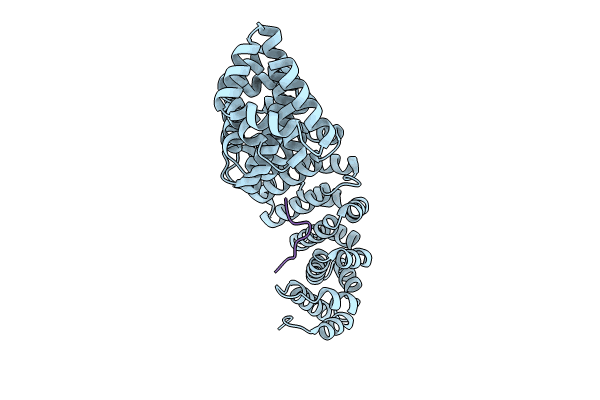
Deposition Date
2023-05-12
Release Date
2024-02-07
Last Version Date
2024-02-14
Entry Detail
Biological Source:
Source Organism:
Mus musculus (Taxon ID: 10090)
JC polyomavirus (Taxon ID: 10632)
JC polyomavirus (Taxon ID: 10632)
Host Organism:
Method Details:
Experimental Method:
Resolution:
2.10 Å
R-Value Free:
0.21
R-Value Work:
0.19
R-Value Observed:
0.19
Space Group:
P 21 21 21


